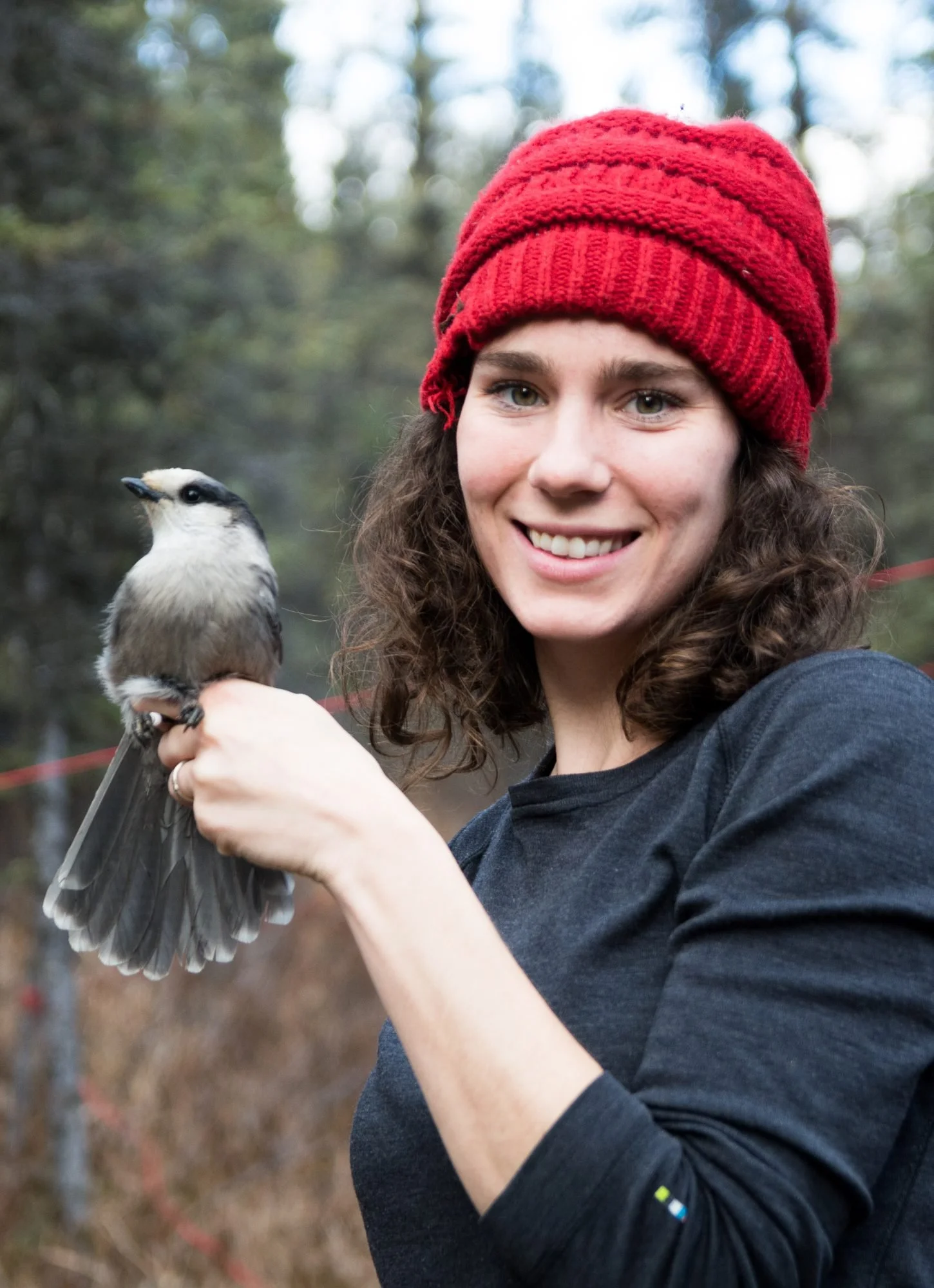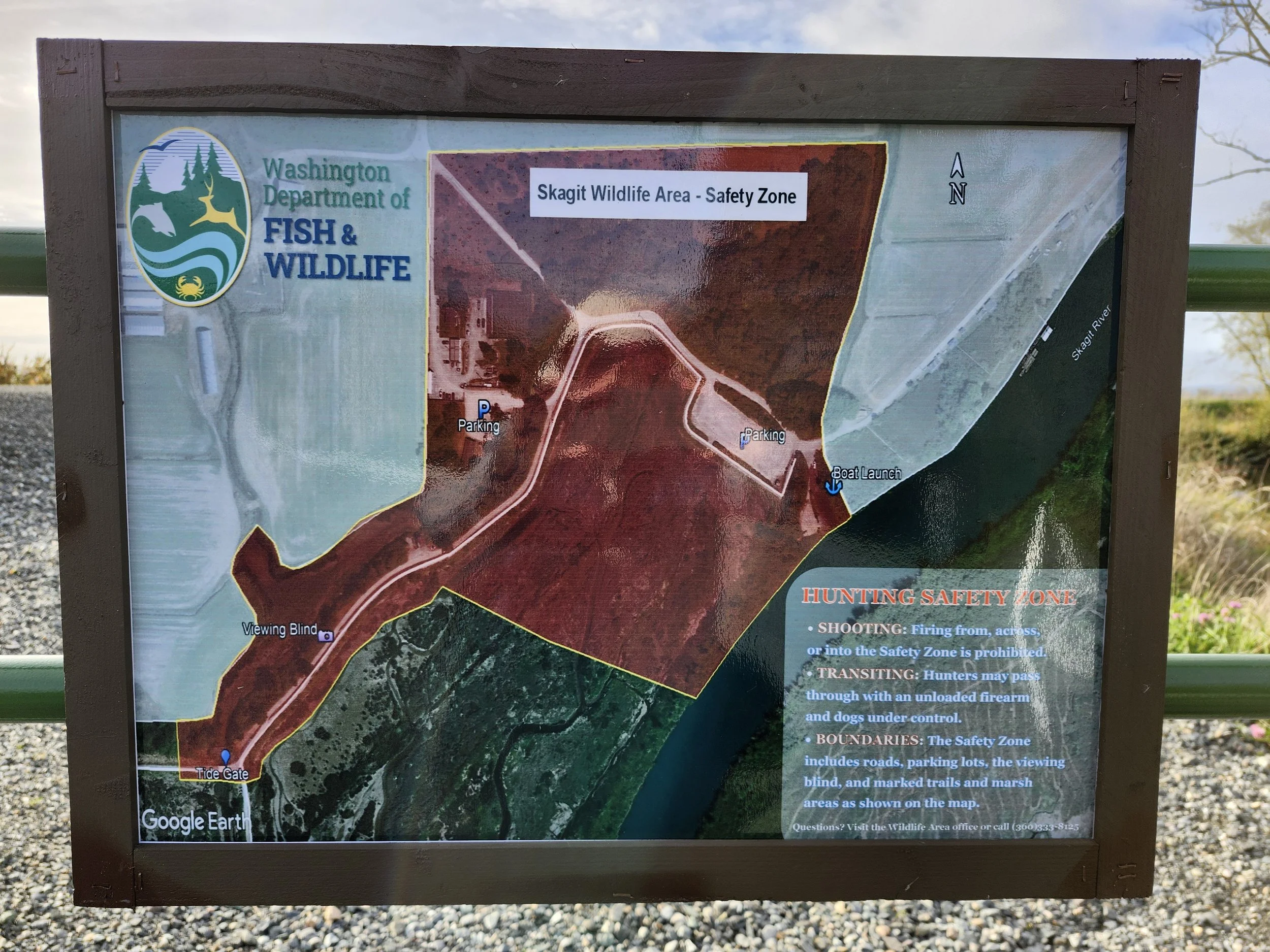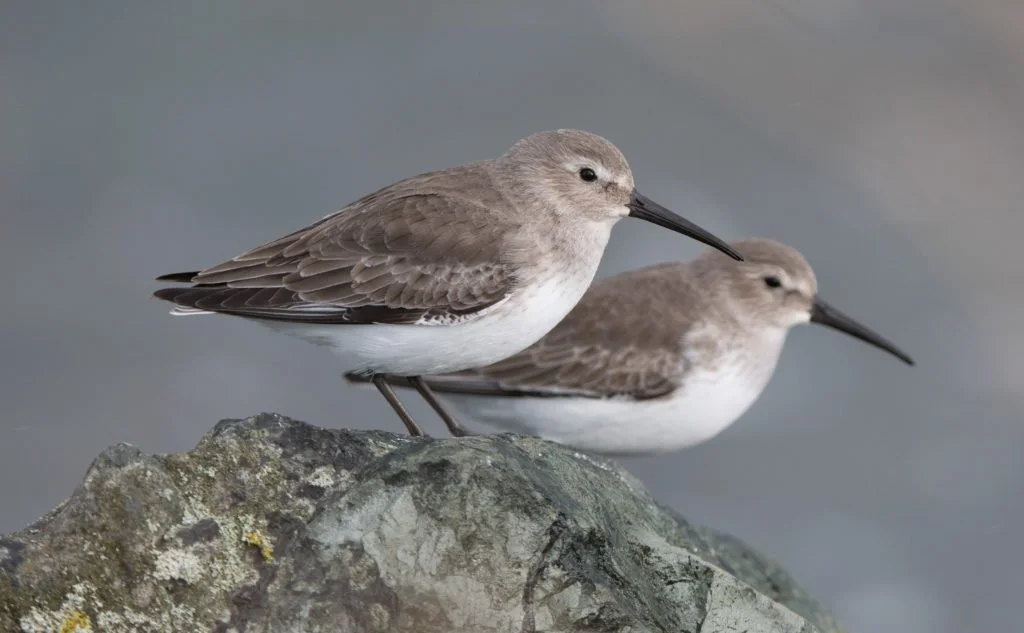Photo by Ann Kramer
Watching Birds - Protecting Habitat - Connecting With Nature
Our mission is to conserve and restore natural ecosystems, focusing on birds, other wildlife and their habitats for the benefit of humanity and the earth’s biological diversity.
MONTHLY PROGRAM
JANUARY MEETING-ZOOM ONLY!
“SOMETHING TO CROW ABOUT”
Presented by: Kaeli Swift, Ph.D.
January 13th at 7:00 pm
SWAN SURVEYS SET FOR JANUARY
The Annual mid-winter swan survey will be happening the week of January 12-16 in Skagit, Whatcom, Snohomish and King counties. Volunteers needed!
Learn more: https://www.nwswans.org/events and scroll down to the section for the survey or email martha@nwswans.org
SHARING THE SPACE
From Wash. State Dept. of Fish & Wildlife
Hunting Seasons Underway - WDFW Tips for Sharing the Space
Click HERE to learn more
Photo: Wiley Slough, Conway
PILCHUCK AUDUBON SOCIETY ANNOUNCES POSTER ART CONTEST!
Puget Sound area artists are invited to showcase their creativity and love of local bird life by entering the 2026 Puget Sound Bird Fest poster art contest.
Click HERE for details - sponsored by Pilchuck Audubon Society
FALL MIGRATION UPDATE!
Dunlin have arrived in Western Washington!
Fir Island Farm Reserve (Hayton) in Conway is a good place for shorebird viewing, but you will need to time it with the tide. Shorebirds must take advantage of the available mudflats for as long as possible, so the basin will be flooded during high tide and the birds will have left. Conversely, during low tide, the basin will be empty and the birds will be gone until the next incoming tide replenishes their food supply.
Try to aim your visit for when the tide is between 6.0-8.0 feet. When the tide marker in LaConner is at five feet, the basin will begin to fill up and the tide comes in quickly. This website is useful for timing your visit to see shorebirds: https://tidesandcurrents.noaa.gov/noaatidepredictions.html?id=9448558 Photo credit: Dunlin by Joe Halton
SKAGIT AUDUBON VOLUNTEERS
Were busy planting native plants at the new viewing blind site at the Wiley Slough Wildlife Area on April 22, Earth Day and on your next visit to Wiley stop by and see how they are thriving!
Field trip at Clayton Beach
Skagit Audubon has so much to offer!
Outstanding Monthly Programs
Field & Hiking Trips
Educational Opportunities
Conservation Activities
Volunteering
Want to find out more? Click below
From the Skagit Audubon Board of Directors: All those who plan to participate in our group activities are asked to stay up-to-date on their vaccinations and stay home if they are feeling unwell in order to foster good community health and protect more vulnerable citizens. Thank you.








